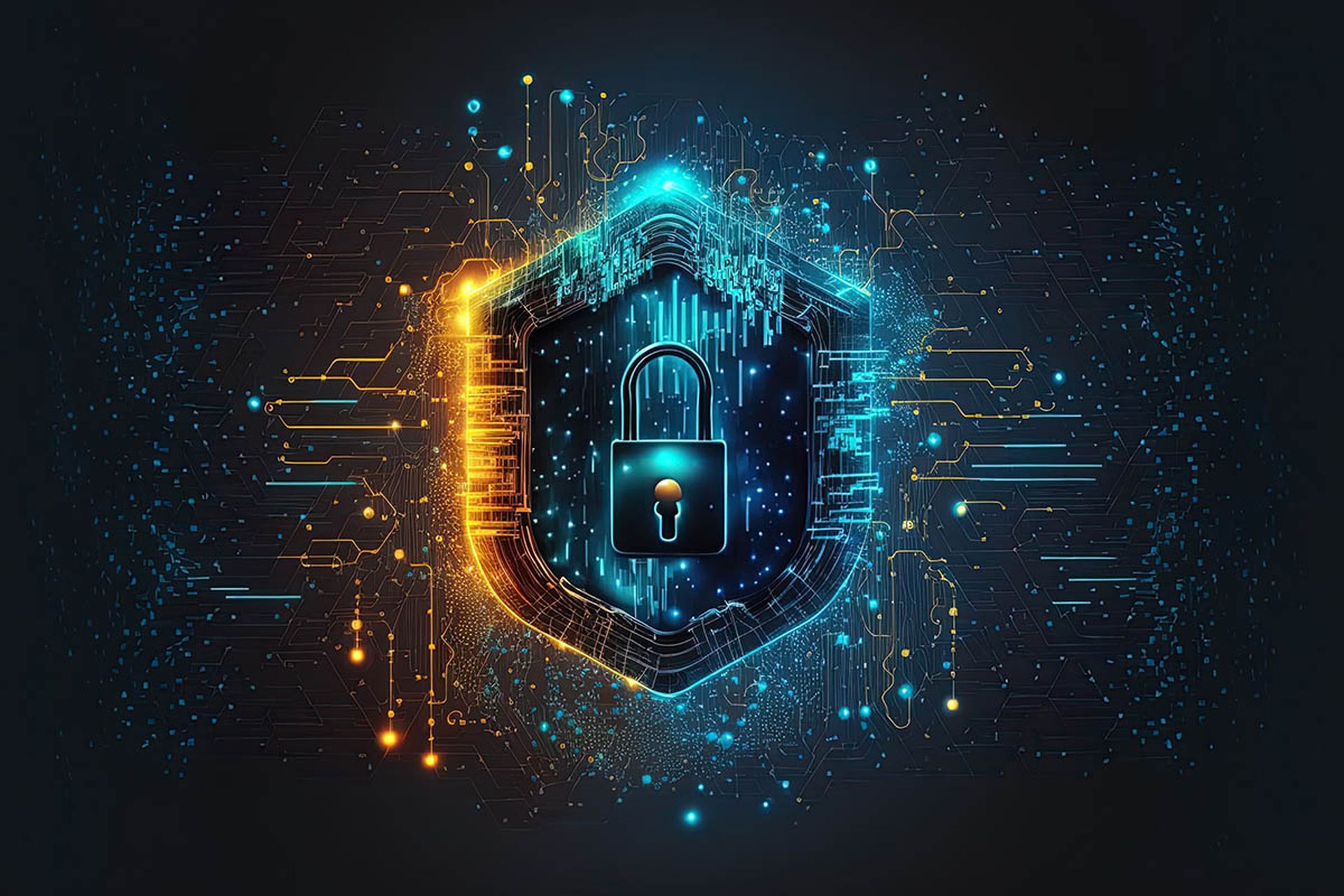Al plays a critical role in modern cybersecurity, helping organizations predict and prevent threats with greater speed and precision. However, ensuring Al is used responsibly is essential to maintaining trust and protecting sensitive data. This checklist outlines the key practices that will help your organization use Al ethically and effectively, while safeguarding privacy and ensuring human oversight remains central to your security operations.
1. Select Use Cases Thoughtfully
Not every problem requires an Al-driven solution. Identify areas where Al can add measurable value, such as threat detection and vulnerability management, while avoiding its use in scenarios where transparency and explainability are essential.
2. Keep Humans at the Center
Al should enhance-not replace-human decision-making. Ensure your Al systems are supervised by experienced cybersecurity professionals who can validate Al outputs and make informed decisions based on context.
3. Provide Al-Specific Training
Invest in continuous education and training for your security teams on how to work effectively with Al tools. This includes understanding Al-driven insights, interpreting complex data, and knowing when to intervene manually.
4. Avoid Data Bias and Discrimination
Al systems are only as good as the data they're trained on. Scrutinize the data collection process to ensure it is free from bias, and regularly evaluate your Al models to detect and eliminate any discriminatory patterns that could lead to unfair or unethical outcomes.
5. Ensure Data Privacy and Security
As Al systems often rely on large amounts of data, maintaining strong data privacy and protection policies is crucial. This includes encryption, anonymization and strict access controls to protect sensitive information. Clearly define and enforce policies governing how data is stored, processed and shared across Al-driven platforms.
6. Conduct Regular Al Audits and Monitoring
Continuous monitoring and auditing of Al systems are essential to ensure they perform as expected and adapt responsibly to new data. Periodically review Al model performance for signs of bias, errors or inefficiencies, and update them as needed.
7. Comply with Global Al Regulations
Different regions may have unique regulatory requirements regarding Al use, such as the EU's Al Act or the U.S. Al Bill of Rights. Ensure that your organization is in compliance with all relevant regulations, and be proactive about adapting to future legislative changes.
8. Communicate Al's Role to Stakeholders
Ensure that key stakeholders, including CISOs, board members and clients, are fully informed about how
Al is used in your cybersecurity strategy. Use metrics to demonstrate the value of Al, such as improvements in detection speed or reductions in manual processes, while also being transparent about Al's limitations and areas where human expertise is essential.




